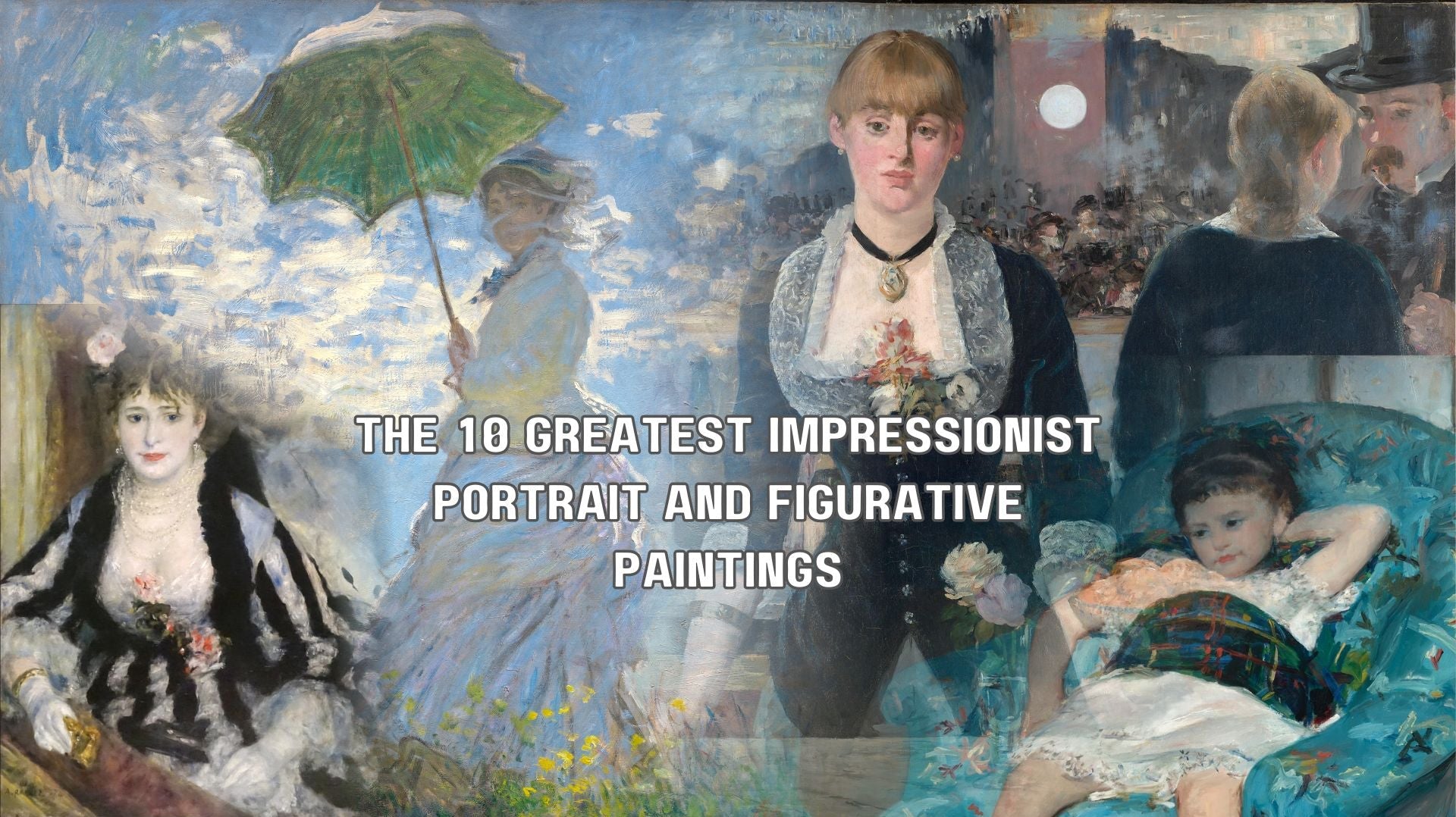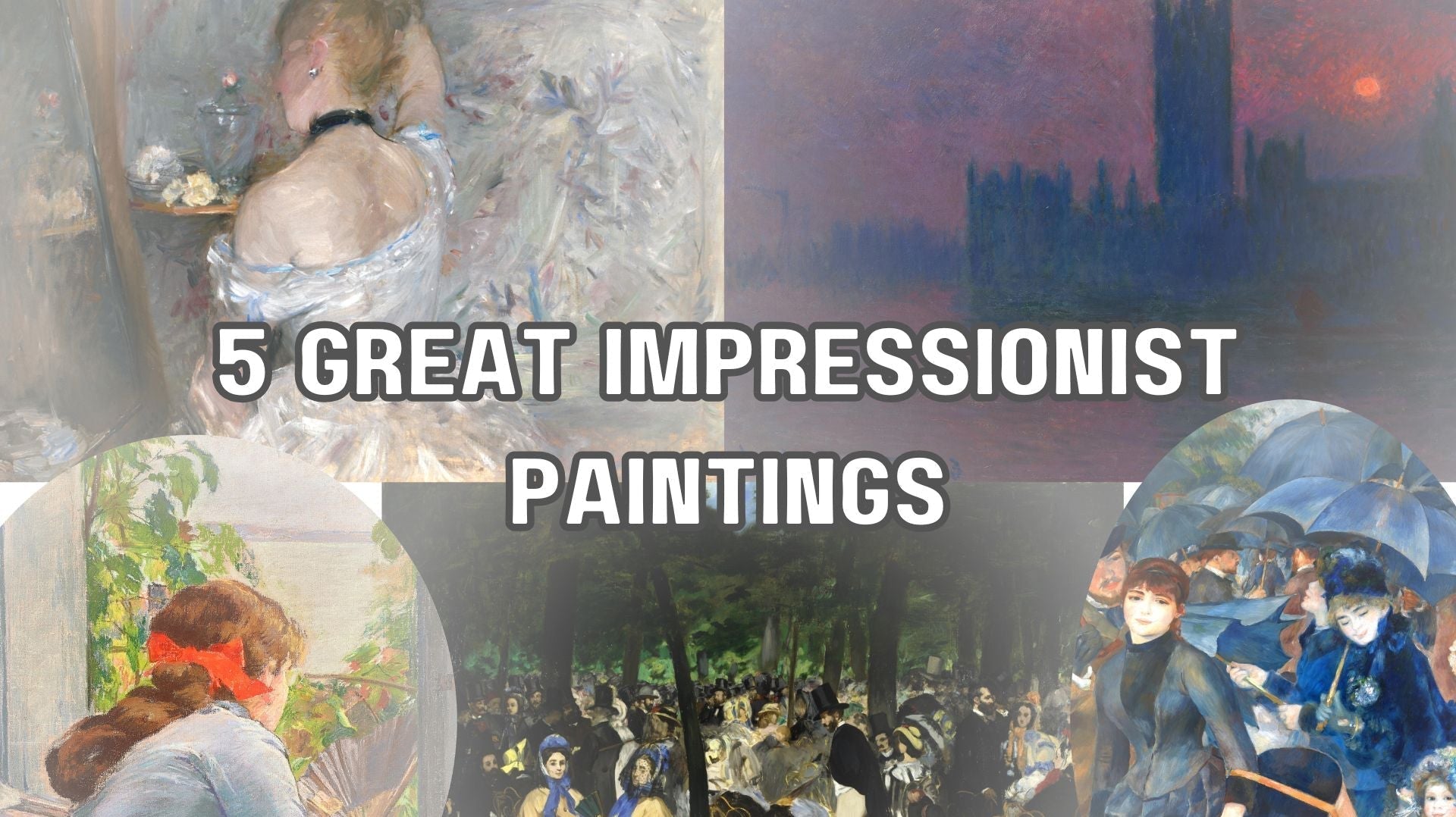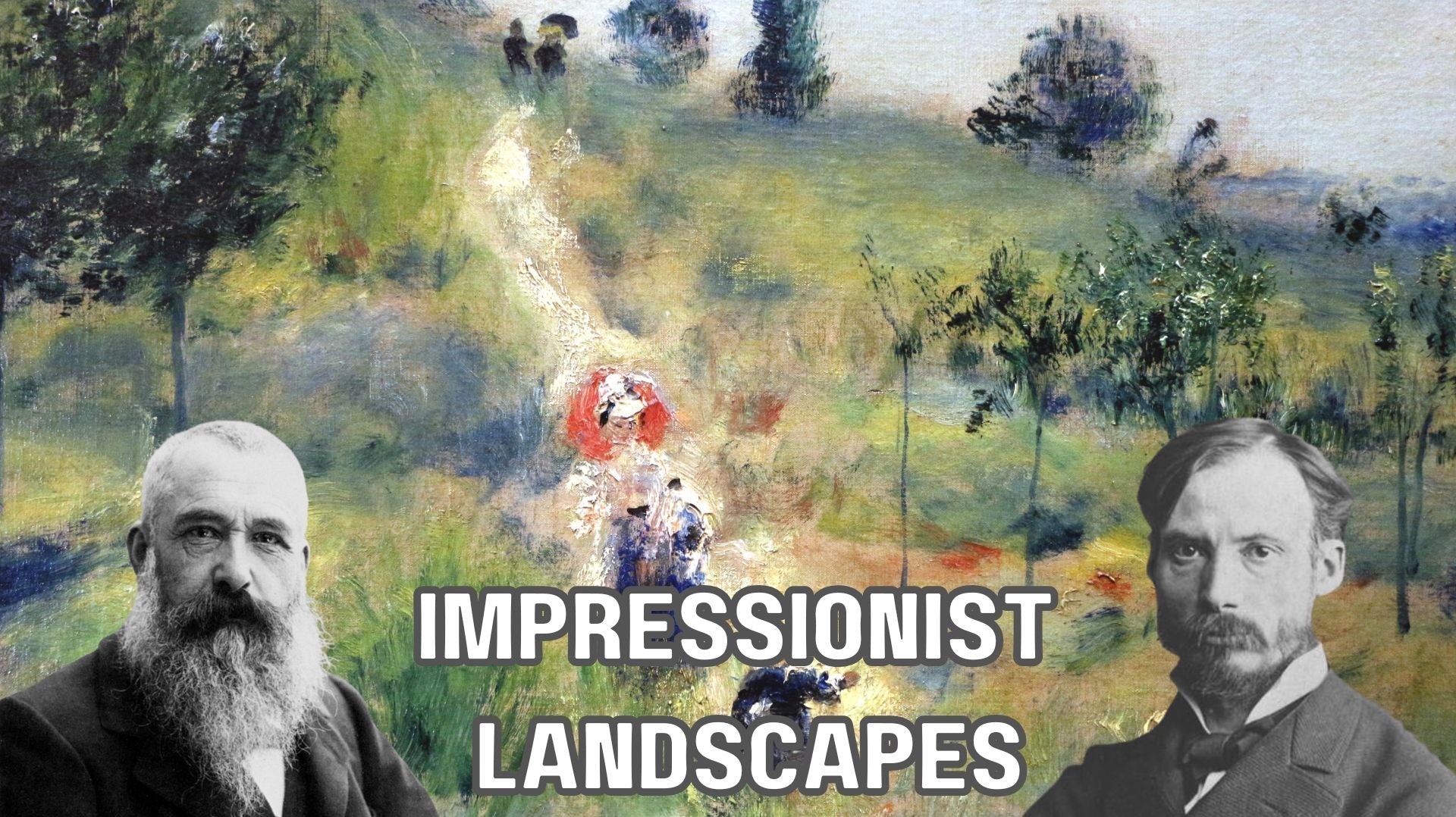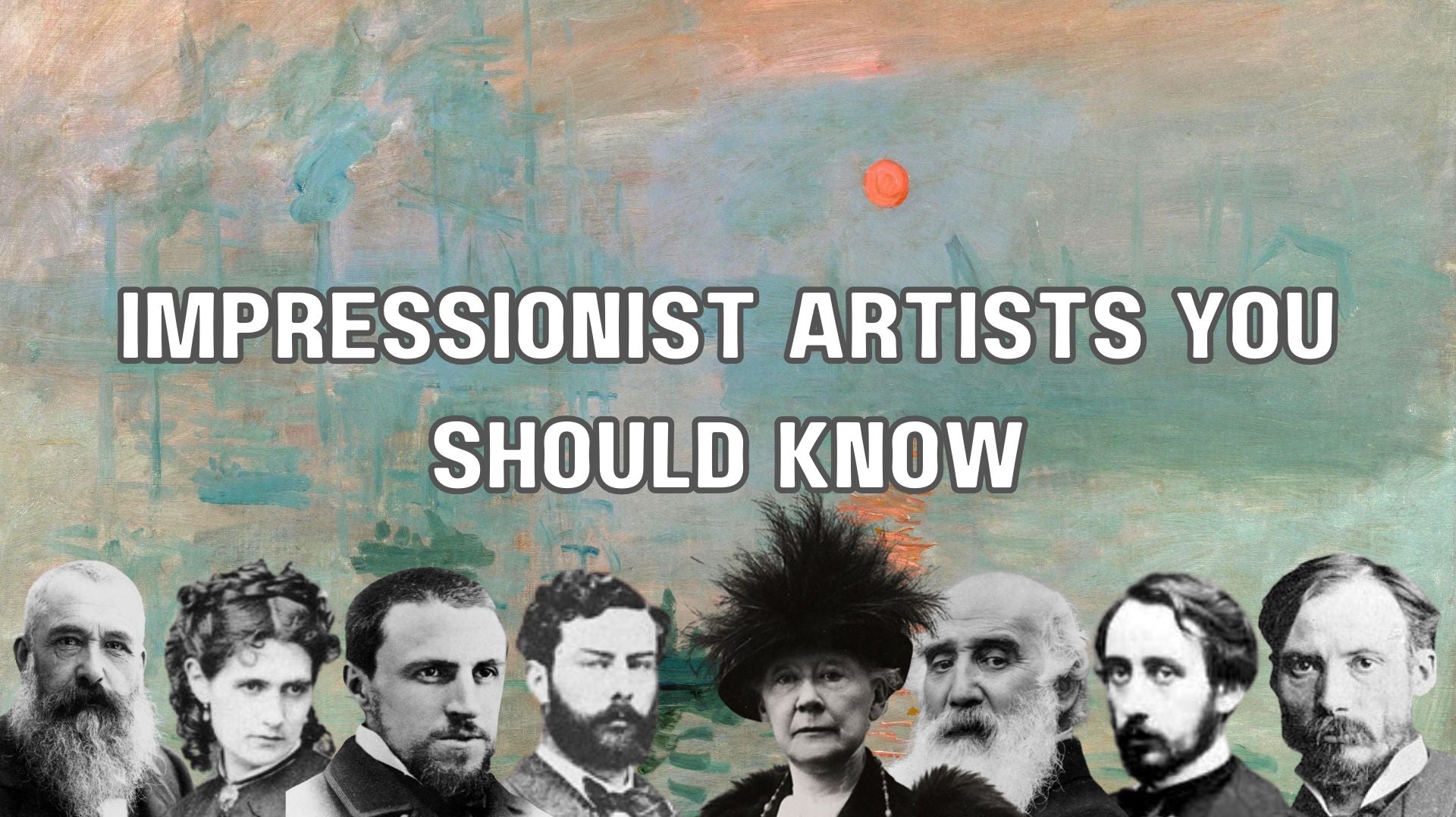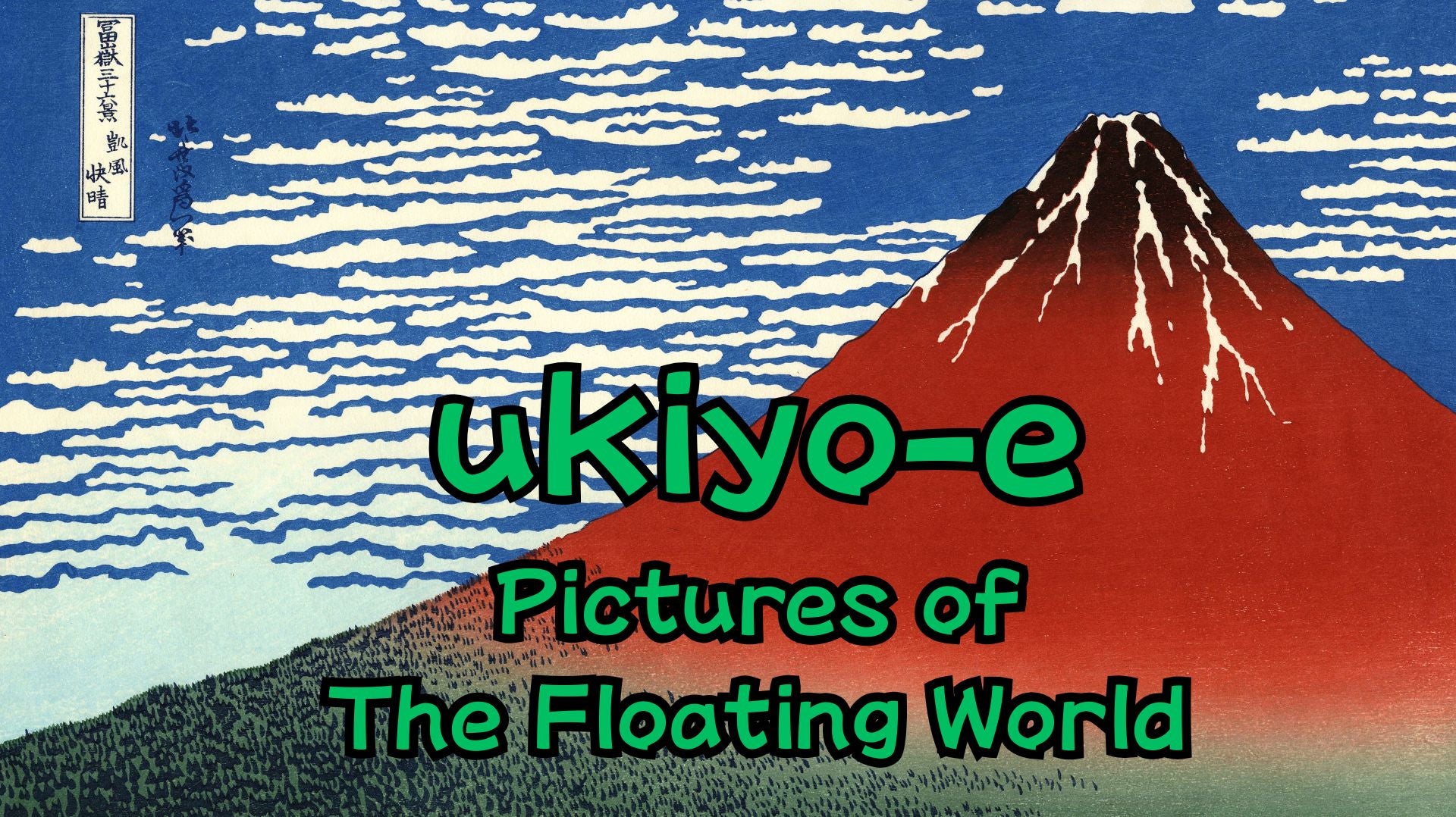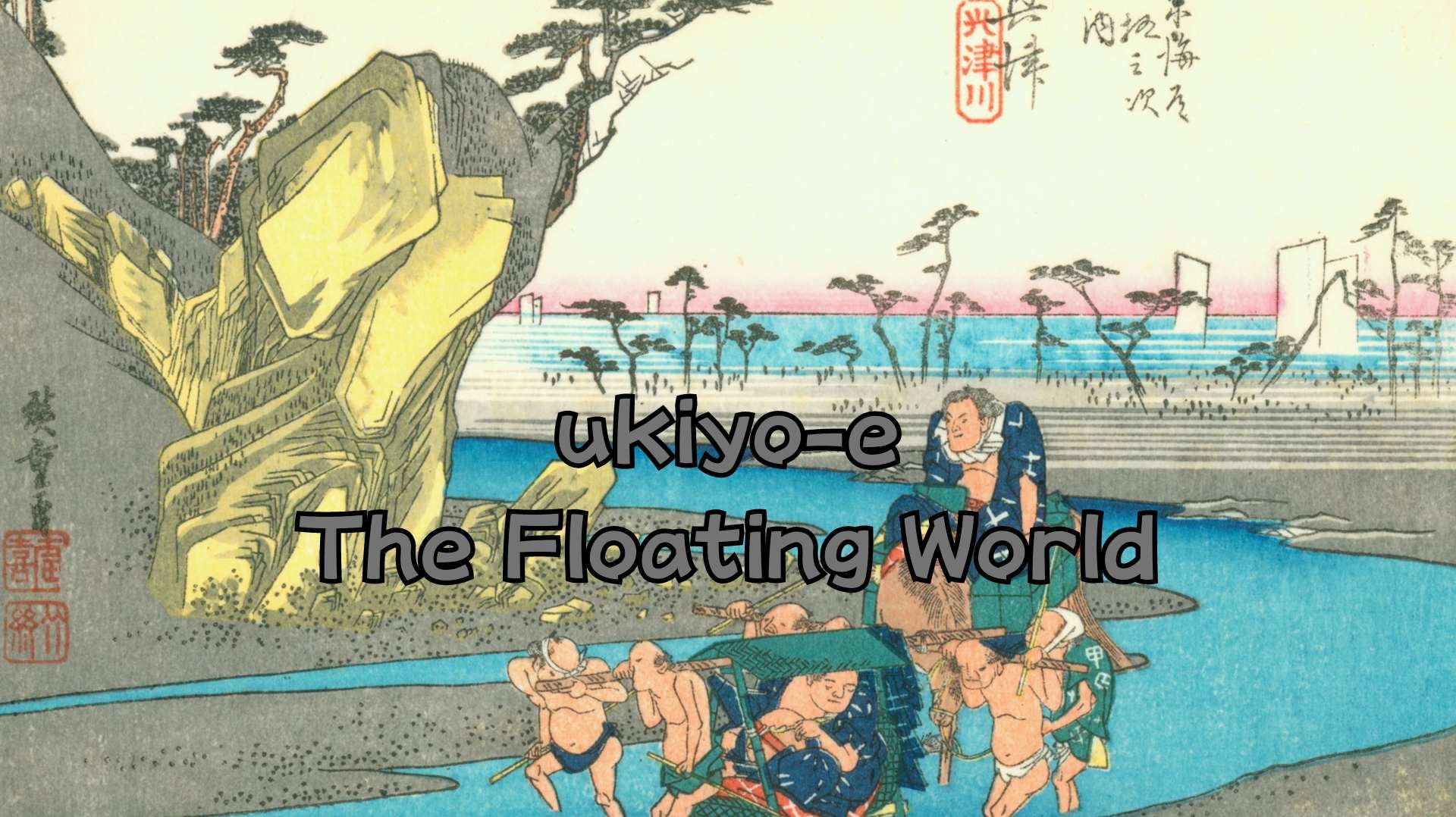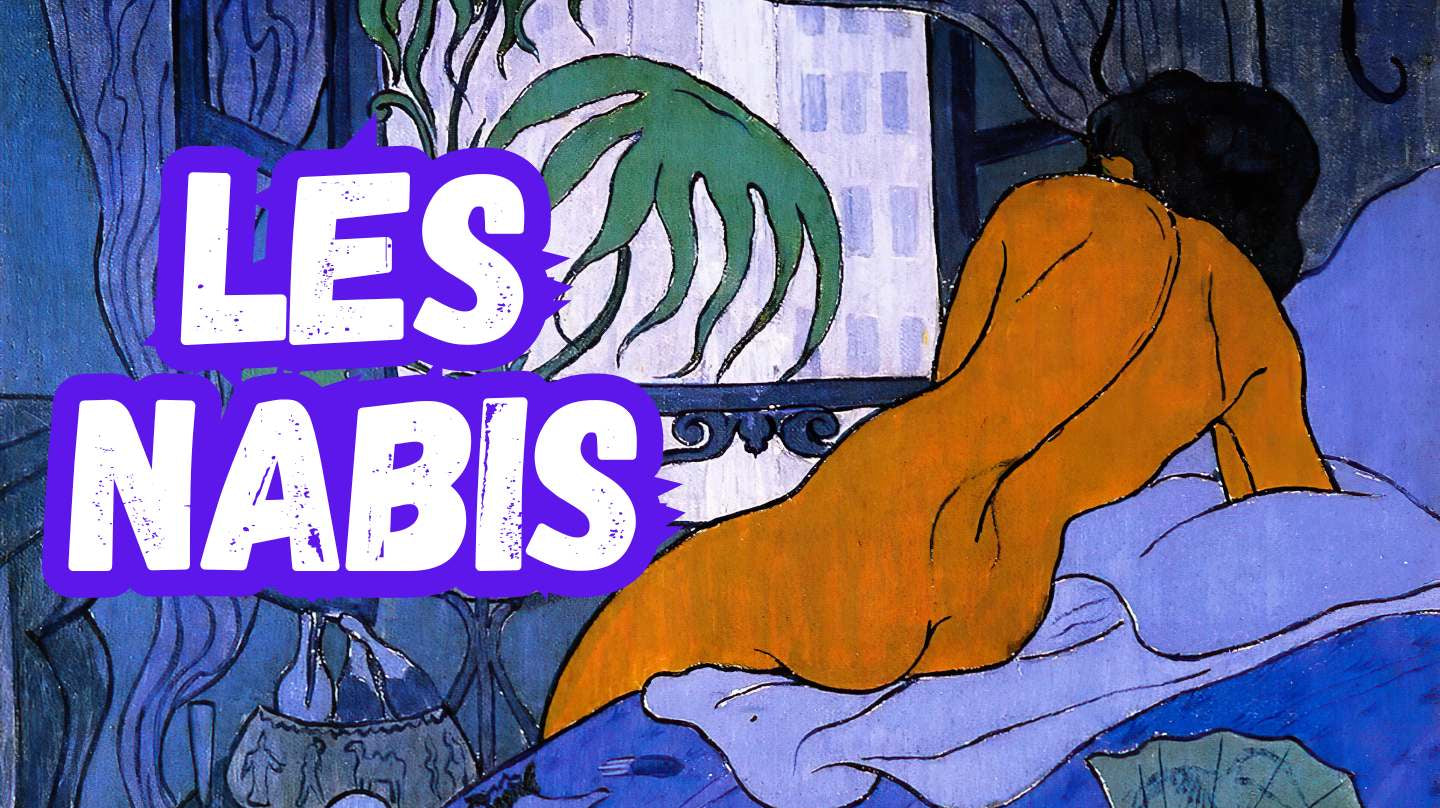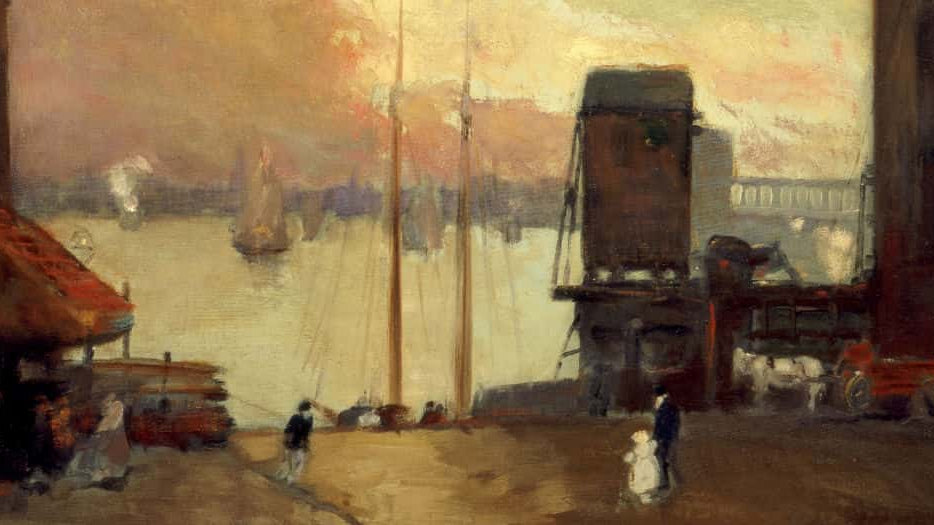Art News and Articles
The 10 Greatest Impressionist Portrait and Figurative Paintings
Explore the ten greatest Impressionist portraits and figurative paintings, including masterpieces by Monet, Renoir, Degas, and Cassatt. Discover their artistry and emotional depth.
Top 5 Most Popular Impressionist Paintings: A Detailed Analysis
Explore the top five most popular Impressionist paintings, including masterpieces by Berthe Morisot, Claude Monet, Eva Gonzalès, Edouard Manet, and Pierre-Auguste Renoir. Discover in-depth analyses of their significance and artistry, along with links to high-quality fine art prints.
The 10 Greatest Impressionist Landscape Paintings: A Complete Analysis
Explore the beauty of Impressionism through the ten greatest landscape paintings, including works by Monet, Renoir, and Cézanne. Discover their significance and timeless appeal.

